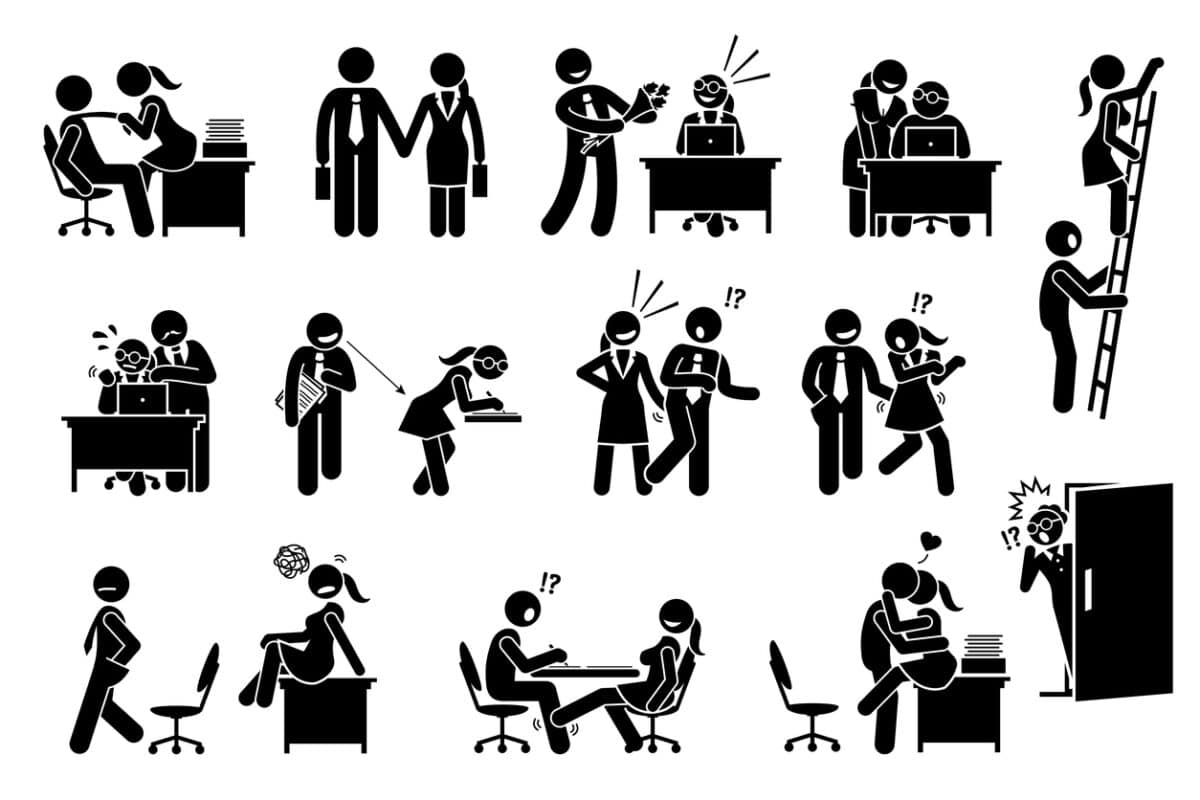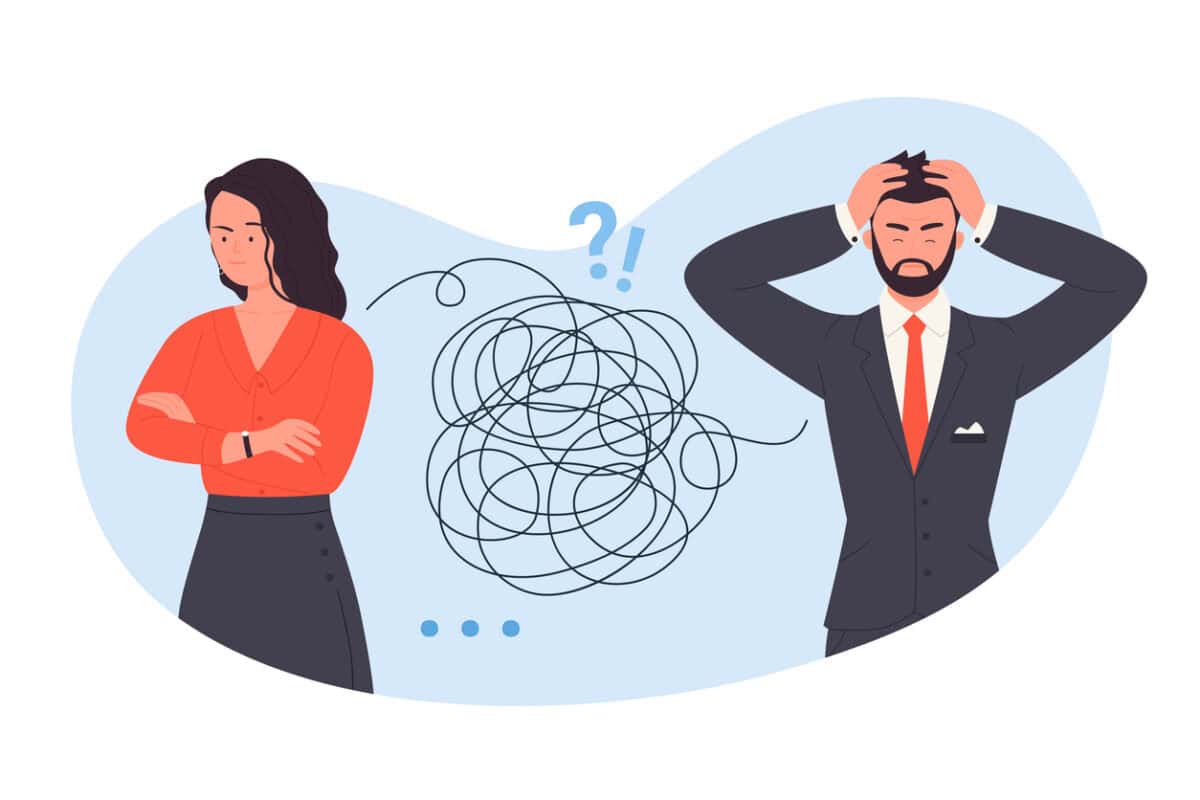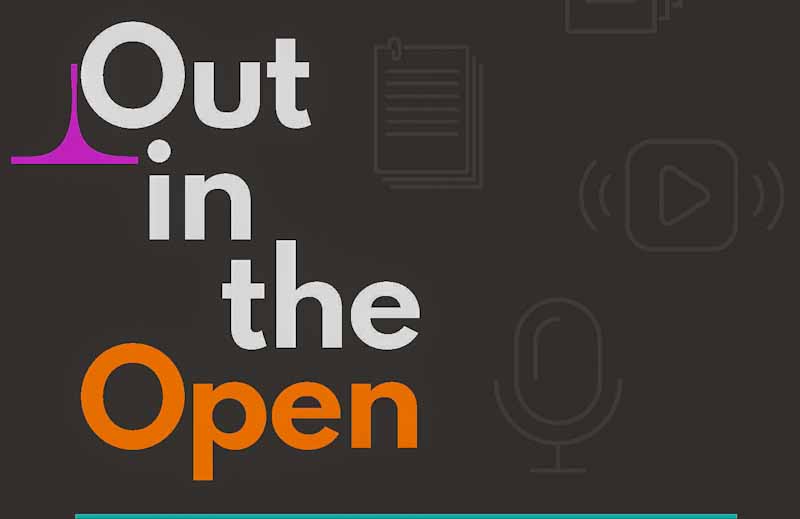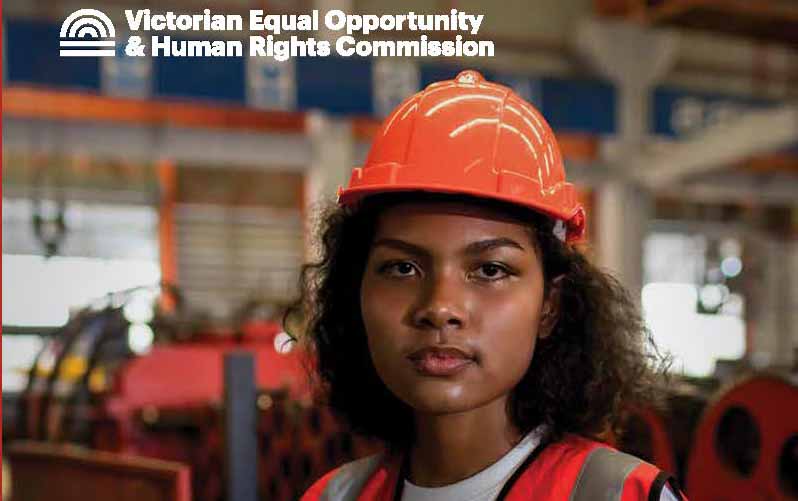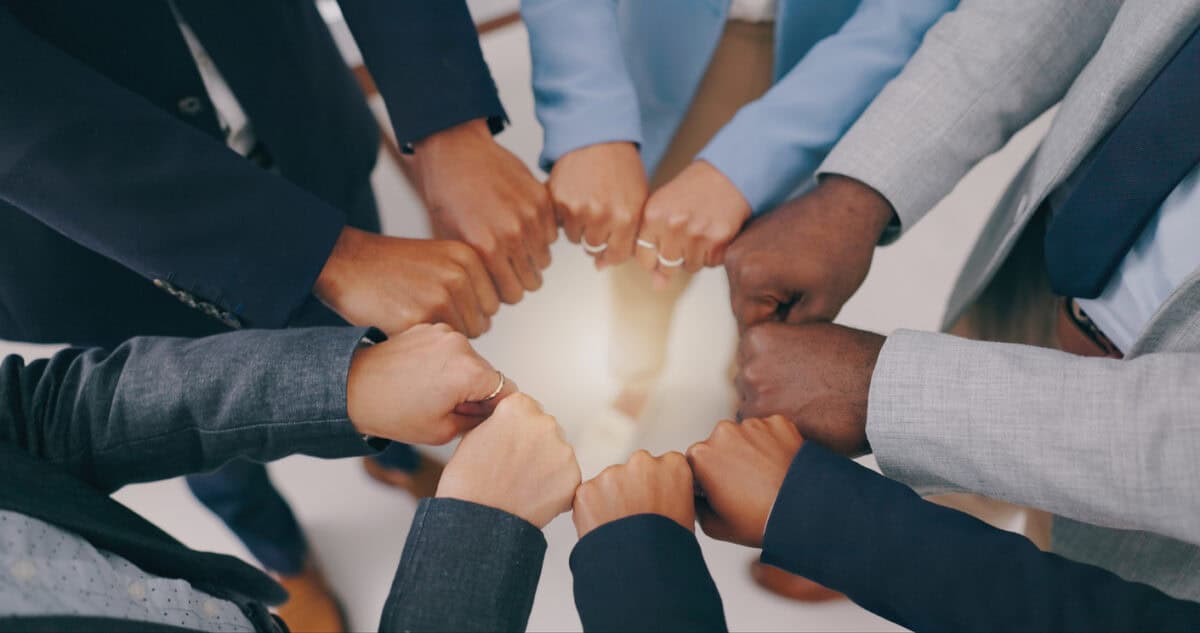In November 2022, then-Sex Discrimination Commissioner Kate Jenkins explained why sexual harassment in Australian workplaces continues to happen. Basically, she said this was because the sex discrimination laws were reactive to a worker complaint and placed no duty on employers to prevent these types of incidents. But there is more to it than that, and the recent imposition of a positive duty under sex discrimination laws is still not preventing work-related harm.
Category: discrimination
OHS and the diversity, equity and inclusivity backlash
The Australian Financial Review has looked at the local Australian context of the United States opposition to continuing workplace initiatives on diversity, equity and inclusivity (DEI), The AFR contacted some Australian technology companies for their leaders’ thoughts as overseas the DEI opposition seems loudest in tech companies. The media attention overseas has also come from the activities of some right-wing anti-woke activists. The opposition seems to deny or ignore some of the evidence for DEI contributing to company profitability, cultural strength and occupational health and safety (OHS).
The United States approach to work health and safety is getting creepy.
For most of the world, Donald Trump‘s re-election to the United States presidency is a non-event. Politicians and journalists are really interested, but Trump has little direct impact on our lives, and his policies, morals, and political strategies will affect us indirectly. Perhaps the most significant impact will be environmental.
Our business leaders take inspiration from American companies and corporate cultures. Even though he has yet to choose his Secretary of Labor, there are indications that occupational health and safety (OHS) is unlikely to progress under Trump’s term. It is useful to be aware of how Trumpian corporate culture and values may affect (infect?) the rest of the world.
Many employers remain unaware of positive duties to prevent sexual harassment at work
A new report on sexual harassment at work by Ourwatch has been reported on by the Australian Broadcasting Corporation (ABC). The report says:
“…. found 40 per cent of workplace leaders surveyed were unaware of their new legal obligations to prevent workplace sexual harassment.”
Given that the core legislative obligation to prevent sexual harassment is over 40 years old, perhaps better questions could have been asked.
Significant workplace culture investigation but OHS missed again
Australia’s news media is reporting a shocking report about the workplace culture of parts of the Nine Entertainment organisation – bullying, sexual harassment, abuse of power – all the elements of organisational culture that can be found in any company if one scratches the surface. Scratching is one of the aims of the occupational health and safety (OHS) discipline – investigating the causes of harm at the source.
Positive duties everywhere
One area where human resources (HR) and occupational health and safety (OHS) do not overlap in practice is diversity, equity, and inclusion (DEI), but they should. OHS cannot operate without effective consultation, and part of that effectiveness comes from a diversity of information, respectful conversations, and the inclusion of sometimes uncomfortable perspectives or truths.
Recently, the Victorian Equal Opportunity and Human Rights Commission (VEOHRC) published a guideline on race discrimination in the workplace, which illustrated the need for HR and OHS to begin talking (and listening to) the same language.
The Human Rights of workers strengthens
Work health and safety is a fundamental human right. Last year, I asked “so what?” Australia is strengthening the relevance of this international human right at the local level, but you wouldn’t notice unless you looked hard.
The federal government’s Joint Standing Committee on Treaties has been receiving public submissions on the ratification of ILO Conventions 191 and 187. It’s such a hot topic that it received only two submissions!!; neither opposed the ratification, but they provide some useful context to the aims of occupational health and safety (OHS) in Australia.

